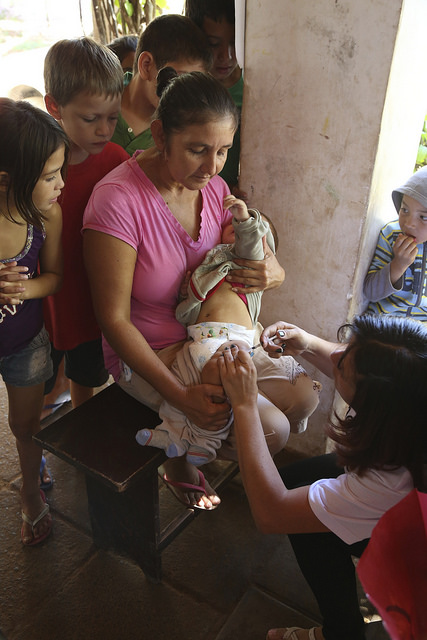This paper is a review of the recommendations of the Working Group on Community Engagement in Health Emergency Planning (WGCEHEP). The WGCEHEP was an advisory body set up in 2006 by the Centre for Biosecurity at the University of Pittsburgh to counsel decision makers on public engagement in health emergencies.

Image: Pan American Health Organisation (PAHO)
The review is U.S focused and explores how and why leaders should mobilise the “civic infrastructure” to help prepare for, respond to and recover from public health emergencies. Civic infrastructure refers to the public’s “collective wisdom” and problem-solving capacity, including grassroots networks, voluntary organisations and more. The authors use a hypothetical influenza outbreak to demonstrate its recommendations. Boxes within the review outline a number of examples of successful civic infrastructure involvement in health emergencies, as well as principles and actions to help leaders succeed at community engagement.
Read the full paper for further detail on its arguments for community engagement, and the practical examples set out for community engagement in a hypothetical flu outbreak.

This work is licensed under a Creative Commons Attribution 4.0 International License

Please Sign in (or Register) to view further.